How to Modify Tungsten Disulfide with Polymer?
- Details
- Published on Wednesday, 19 March 2025 17:56
- Hits: 254

Tungsten disulfide (WS₂) from CTIA GROUP LTD is a layered transition metal sulfide composed of tungsten and sulfur atoms bonded through covalent bonds. It exhibits excellent lubricity and semiconductor properties, making it widely applicable in fields such as lubrication, catalysis, and electronics. However, to further enhance the overall performance of WS₂, researchers often use polymers to modify it.
Effect of Preparation Parameters on Tungsten Disulfide Performance
- Details
- Published on Wednesday, 19 March 2025 17:50
- Hits: 282
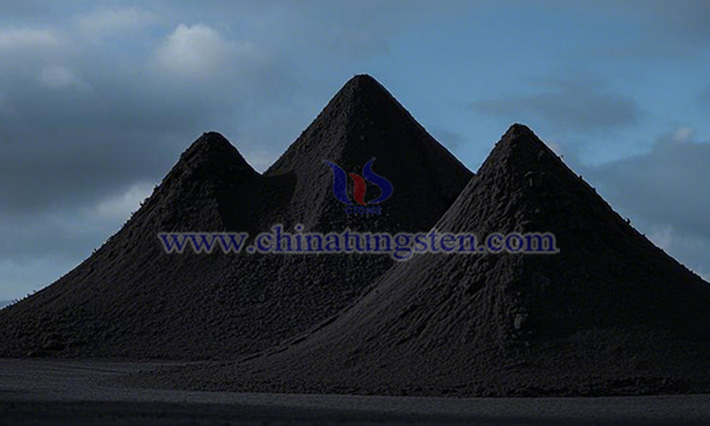
Common preparation methods for tungsten disulfide (WS₂) from CTIA GROUP LTD include chemical vapor deposition (CVD), mechanical ball milling, hydrothermal synthesis, and sol-gel methods. These processes involve various preparation parameters such as reaction temperature, reaction time, reactant concentration, reaction atmosphere, and catalysts. So, how do these preparation parameters affect the properties of WS₂ from CTIA GROUP LTD?
What Impurity Elements Are There in Tungsten Disulfide?
- Details
- Published on Wednesday, 19 March 2025 17:47
- Hits: 268
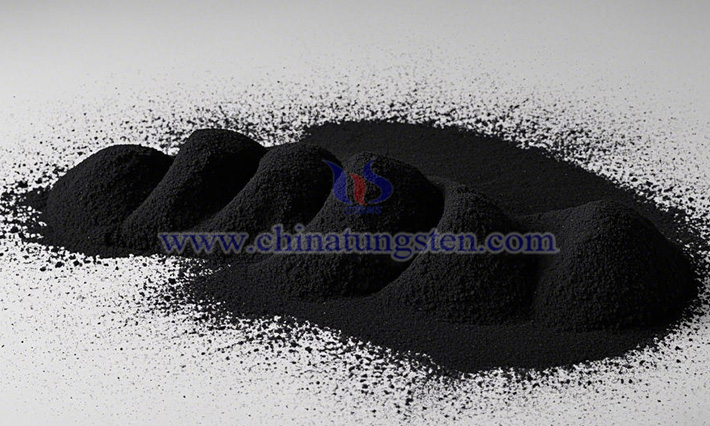
The chemical composition of tungsten disulfide (WS₂) from CTIA GROUP LTD primarily consists of tungsten (W) and sulfur (S). However, during actual production processes, WS₂ often contains trace amounts of other elements, such as oxygen, carbon, and others. These impurity elements can influence the properties of WS₂ in various ways.
What Are the Effects of Non-Metallic Doping on Tungsten Disulfide Performance?
- Details
- Published on Wednesday, 19 March 2025 17:40
- Hits: 291

Non-metal doping of tungsten disulfide (WS₂) involves introducing non-metal atoms into the WS₂ crystal lattice to modify its physical and chemical properties. What are the effects of non-metallic doping on tungsten disulfide performance?
Why Is Tungsten Disulfide Compounded with Graphene?
- Details
- Published on Wednesday, 19 March 2025 17:33
- Hits: 272
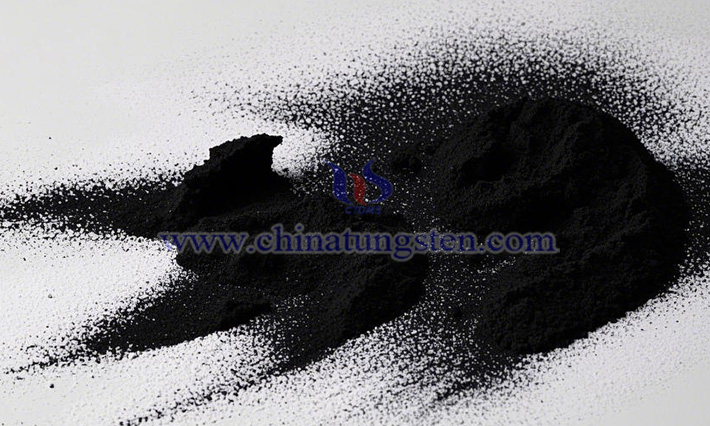
The composite of tungsten disulfide (WS₂) and graphene is a significant research direction in materials science. By combining the strengths of both materials, a synergistic effect is achieved, endowing the composite with exceptional properties such as enhanced catalytic and electrochemical performance.
Why Is Tungsten Disulfide Compounded with Carbon Nanotubes?
- Details
- Published on Wednesday, 19 March 2025 17:25
- Hits: 276
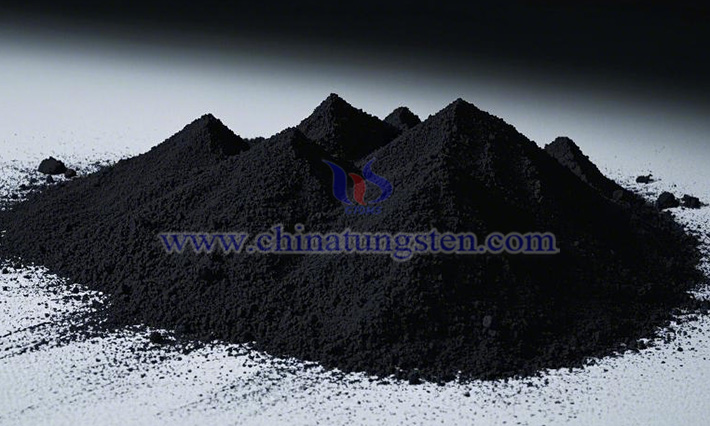
The combination of tungsten disulfide (WS₂) and carbon nanotubes (CNTs) primarily aims to leverage the strengths of both materials, achieving complementary and synergistic enhancements in performance to meet the demands of various applications. For instance, in reactions such as hydrogenation and hydrogen evolution, WS₂-CNT composites exhibit superior catalytic performance compared to their inpidual components, showing great potential for widespread use in energy conversion and chemical industries. Additionally, due to their excellent electrical properties and high specific surface area, WS₂-CNT composites can be utilized to fabricate high-performance gas sensors, biosensors, and more.
Packaging for High-Cut Resistance Tungsten Wire
- Details
- Published on Monday, 17 March 2025 19:09
- Hits: 267
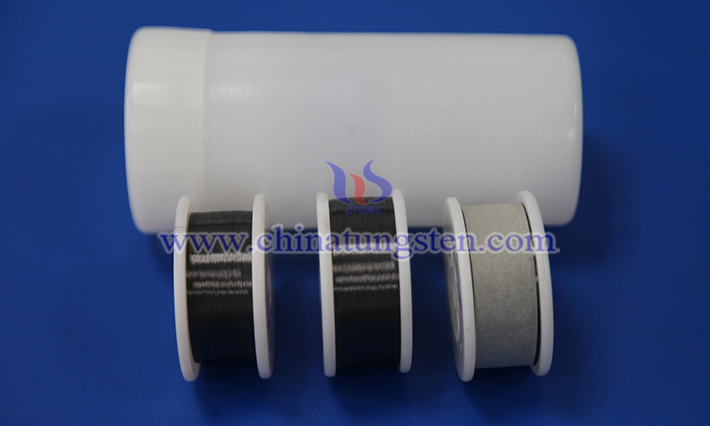
The packaging of high-cut resistance tungsten wire (i.e., tungsten wire with high resistance to cutting) is typically designed based on its application, transportation requirements, and material properties to ensure safety and integrity. Tungsten wire itself is a high-hardness, high-melting-point metal material widely used in industrial cutting, electronic devices, and high-temperature environments. Therefore, its packaging must not only protect the wire from external damage but also facilitate storage and usage.
Precautions for Using Cut-Resistant Tungsten Wire
- Details
- Published on Monday, 17 March 2025 19:05
- Hits: 269
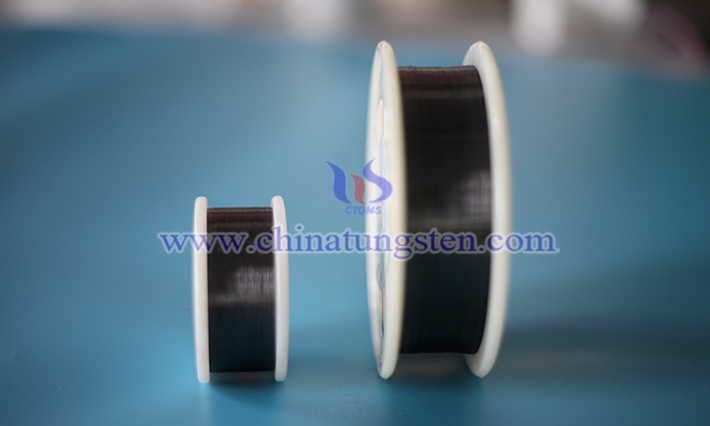
As a high-strength, high-melting-point industrial material, cut-resistant tungsten wire is widely used in fields such as electrical discharge machining (EDM), semiconductor manufacturing, and aerospace. To ensure safe and efficient use, the following precautions should be followed:
Application of Cut-Resistant Tungsten Wire in Optical Devices
- Details
- Published on Monday, 17 March 2025 19:03
- Hits: 274
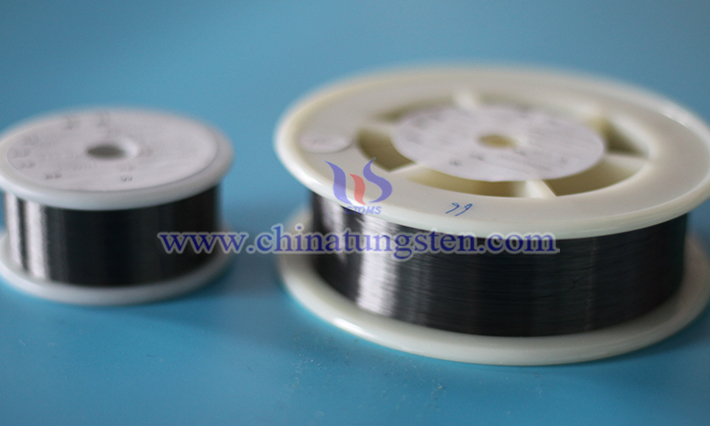
The high strength, hardness, melting point, and trend towards finer wire gauge of cut-resistant tungsten wire meet the requirements of the optical device field for precision, stability, and miniaturization development. Below are the main applications of cut-resistant tungsten wire in optical devices:
Applications of Cut-Resistant Tungsten Wire in the Textile Industry
- Details
- Published on Monday, 17 March 2025 19:00
- Hits: 276
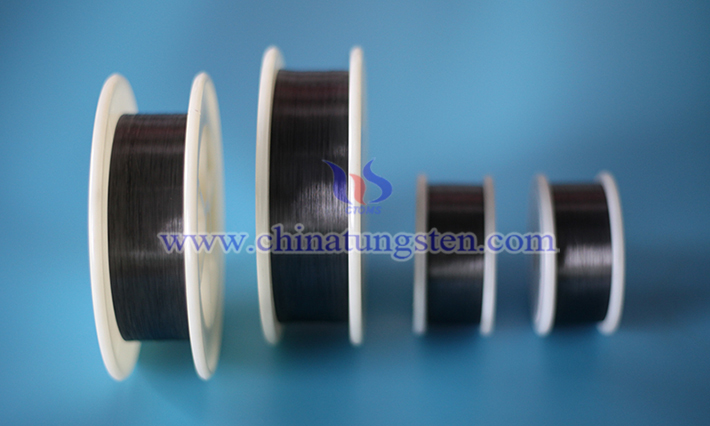
Cut-resistant tungsten wire, with its high strength, wear resistance, and high-temperature tolerance, plays a significant role in specific scenarios within the textile industry. Below are the primary applications of cut-resistant tungsten wire in this field:



 sales@chinatungsten.com
sales@chinatungsten.com